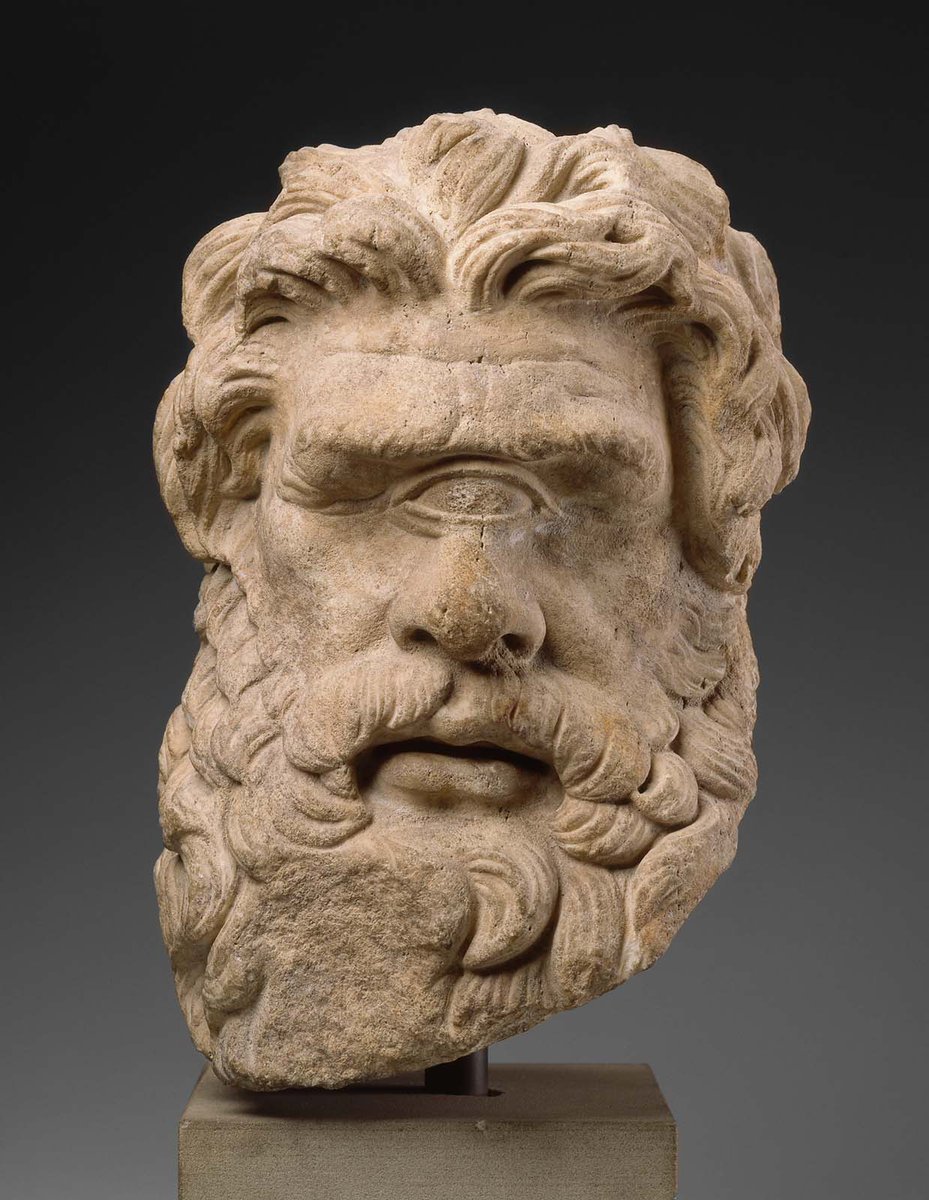حسام الدین شفیعیان
وبلاگ رسمی و شخصی حسام الدین شفیعیانحسام الدین شفیعیان
وبلاگ رسمی و شخصی حسام الدین شفیعیان/ Cyclopes/
A cyclops (meaning ‘circle-eyed’) is a one-eyed giant first appearing in the mythology of ancient Greece. The Greeks believed that there was an entire race of cyclopes who lived in a faraway land without law and order. Homer, in his Iliad, describes the Cyclopes as pastoral but savage, typical of the strange creatures the Greeks created to represent foreign societies not regarded as civilised as themselves. The Cyclopes are not without talents, though, and are credited with manufacturing the thunderbolts which Zeus used as a terrible throwing weapon and as the builders of gigantic fortification walls such as those still seen at Mycenaean sites today. The most famous cyclops is Polyphemus, who captured the Greek hero Odysseus and his men only for them to escape by blinding the poor giant. Cyclopes, and particularly the Odysseus story, were popular and enduring subjects in all forms of Greek and Roman art.

/Cyclopes/
In Greek mythology and later Roman mythology, the Cyclopes (/saɪˈkloʊpiːz/ sy-KLOH-peez; Greek: Κύκλωπες, Kýklōpes, "Circle-eyes" or "Round-eyes";[1] singular Cyclops /ˈsaɪklɒps/ SY-klops; Κύκλωψ, Kýklōps) are giant one-eyed creatures.[2] Three groups of Cyclopes can be distinguished. In Hesiod's Theogony, the Cyclopes are the three brothers Brontes, Steropes, and Arges, who made for Zeus his weapon the thunderbolt. In Homer's Odyssey, they are an uncivilized group of shepherds, the brethren of Polyphemus encountered by Odysseus. Cyclopes were also famous as the builders of the Cyclopean walls of Mycenae and Tiryns.
From at least the fifth century BC, Cyclopes have been associated with the island of Sicily and the volcanic Aeolian Islands.

/Cyclopes/
The Cyclopes (singular: Cyclops) were gigantic, one-eyed beings with enormous strength. Originally, there were three of them: Arges, Steropes, and Brontes; capable blacksmiths, these were the sons of Uranus and Gaea and the brothers of the Hecatoncheires and the Titans. They were imprisoned by Cronus but released by his son Zeus, for whom they forged his famous thunderbolt as a sign of gratitude. However, at a later time, poets spoke of a different type of Cyclopes, a race of dim-witted and violent one-eyed shepherds dwelling in the caves of the island of Sicily. The most famous among them was Polyphemus, the Cyclops who fell in love with Galatea and was eventually blinded by Odysseus.
